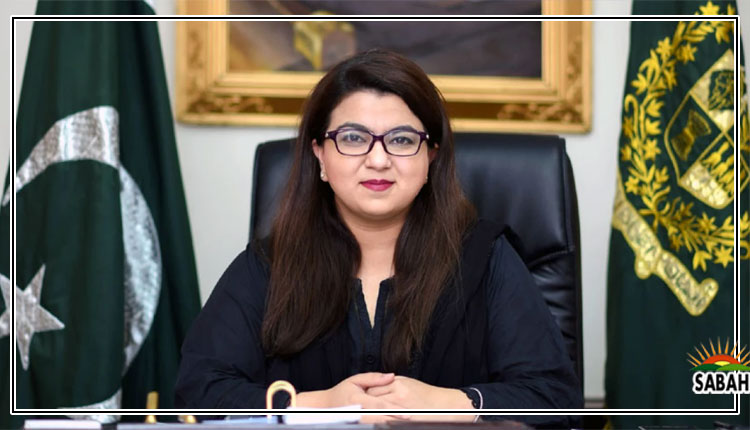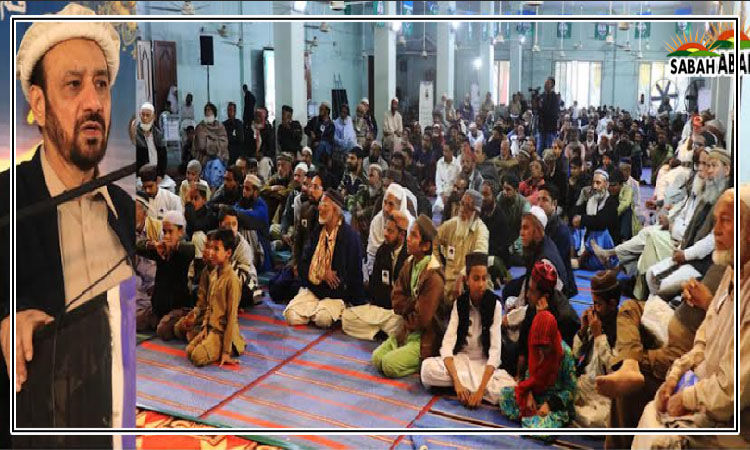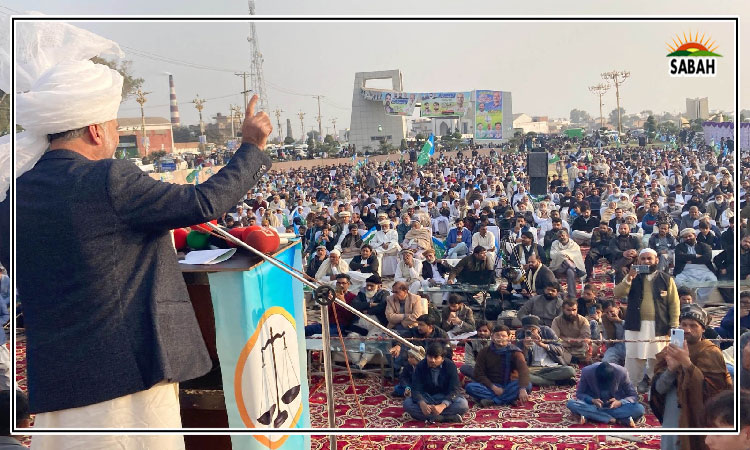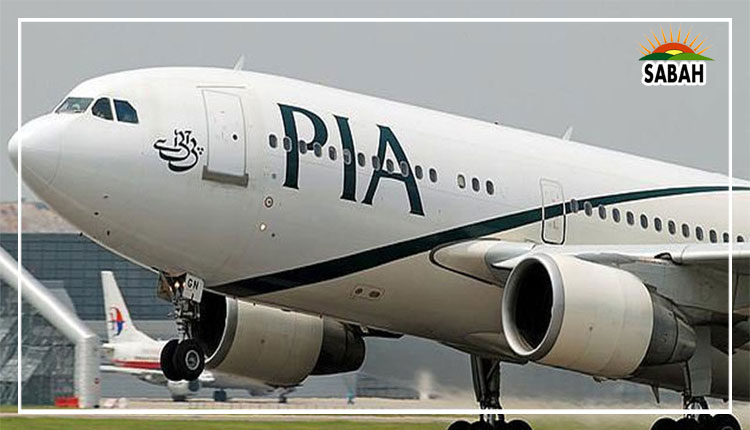Fixing the taxation system – Part III…..Ishrat Husain
One of the pernicious side-effects of a large dose of the federal divisible tax pool injected into the provincial finances is that the provinces have become slack in mobilizing their own revenues.
The provinces contribute only one per cent of GDP to national taxes. Indian state governments contribute 35 per cent to the total tax revenues or 6-7 per cent of GDP. Provinces in Pakistan together spend 40 per cent of the total consolidated expenditures while raising only 10 per cent of total national tax revenues.
When flushed with such windfall liquidity, political will, and bureaucratic effort to tap GST on services, property tax and agriculture income tax have been found missing irrespective of the party in power. Our elected leaders consider that imposing and collecting taxes is an unpopular task while their spending needs can be met easily from the federal transfers. They do not feel much pressure to go for digitized cadastral surveys of property; revaluation of existing properties aligning them with market prices; removing exemptions, concessions and discretionary prices fixed by the tax officials; introducing electronic record-keeping and an automatic billing system; updating the record through GIS system mapping, including newly urbanized areas in the tax base.
Let us review the main taxes collected by the provincial governments. Agriculture income tax yields an insignificant amount of Rs3 billion annually while agriculture gross value added in 2020-21 was Rs15 trillion. Non-agriculture income tax collection in the country is Rs1.7 trillion or gross value added (GVA) of Rs41 trillion. The effective tax rate on agriculture works out to 0.005 per cent while that on non-agriculture 2.5 per cent. Of the total farm area of 21.4 million hectares in Pakistan, land holding of 10 hectares and above by the top four per cent of the farmers constitutes 35 per cent (the top one per cent have 22 per cent).
If one quarter of agriculture GVA can be attributed to this top category of four per cent landlords their contribution would be at least Rs3.75 trillion. Applying an average tax rate of 10 per cent (with progressive sliding scale), we should expect agriculture income tax to yield Rs375 billion or 0.5 per cent of GDP.
This enforcement of agriculture income tax would also stop evasion of non-agriculture income tax as the federal Income Tax Ordinance 2001 exempts agriculture income from the federal income tax. Taking advantage of this loophole, federal income tax filers inflate their true agriculture incomes by including sources of income from other non-exempt sectors of the economy. Thus, the FBR suffers losses in collection of income tax also.
Agriculture income tax and irrigation water charges have not been revised for a long time because the majority of the members of the provincial assembly are going to be hurt by this revision. At present, they declare very nominal incomes as there is no proper assessment, audit or enforcement. Mr Bhutto had amended the law in 1977 to tax big absentee landlords but the amendment was withdrawn by the Ziaul Haq government.
Agriculture income tax average tax is only Rs270 which a poor citizen pays as tax on his daily purchases. Irrigation water is available to the powerful and mighty, who flood their fields with water, depriving the poor tailenders of their legitimate water rights. How can they agree to volumetric assessment of water usage? If the water was made available to the tailenders the national average yields of our crops could move up by 10 per cent and the need to import cotton, wheat, sugar, pulses, edible oils could be minimized or eliminated in some cases.
Most of the urban immovable property, including plots, belongs to the elite class of legislators, judges, bureaucrats, military officials, real-estate developers and tycoons, businessmen, professionals such as lawyers, doctors, bankers, media personalities, religious leaders and other members of the elite society. Every time there is some move to carry out a new cadastral survey, include newly built properties on newly developed plots of lands, housing societies and revalue the property tax to the FBR rates, there are solid behind-the-scenes maneuverings to either drop, postpone or prolong such exercises. Vacant urban plots have become the main source of capital appreciation and wealth accumulation with untaxed capital gains.
The ratio of property tax is 0.03 per cent of GDP while the average for developing countries is 0.6 per cent. The total collection from all cities of Pakistan is Rs20 billion ($ 90 million) while the Mumbai Municipal Corporation collects IR 120 billion ($ 1.5 billion). Pakistans real-estate market is estimated to have an asset value of $400700 billion three times the total banking deposits and ten times the market capitalization of all the listed companies on Pakistan Stock Exchange. This market is the major driver of the undocumented informal economy in the country.
Studies have shown that Pakistan can raise at least Rs400 billion to Rs880 billion annually from property tax if the reforms mentioned above are implemented and the responsibility for assessment, collection and enforcement of property tax is shifted solely to the metropolitan corporations and the municipal corporations. Taking the midpoint of these estimates, this alone can enhance the tax-to-GDP ratio by one per cent of GDP. Tax on unutilized urban plots of land and unbuilt apartments within a specific period would enhance this collection further and minimize the windfall gains being made by speculators by buying land at cheaper rates from poor farmers and collecting advances from prospective buyers of plots they sell the files to.
All the provinces have made strenuous efforts to collect GST on services, which used to be in the domain of the FBR. In fact, this has become the single largest source of provincial tax revenues Rs293 billion or 58 per cent of the provincial tax revenues. However, the gross value added in the services sector that can potentially contribute to GST is estimated at Rs3.8 trillion. An average tax rate of 16 per cent should generate Rs600 billion annually, twice as much as is being collected at present. The new organizations provincial revenue authorities set up for this purpose have the capacity to achieve this target.
There are several other revenue heads in the provincial budgets which can also be streamlined but these have not been included in this analysis. By repairing provincial finances, it is estimated that at least 1.6 per cent of GDP in the form of additional taxes can be generated, pushing up the national tax-to-GDP ratio to 12 per cent, reducing the fiscal and primary deficits by that extent and repaying and thus lowering the national debt burden. For this, the scope of the local government finances has to be enlarged.
Finally, it has been a decade now since the provincial governments have enjoyed both administrative, legal, and political autonomy and a large dose of injection of financial resources out of the divisible tax pool. As compared to the pre-2009-10 period when the provinces were entitled to a relatively small share and the federal government a larger share, the new arrangements gave a big bump in the share of the provinces, which went up to almost 60 per cent (57.5 per cent out of the divisible pool and the remaining amount in form of straight transfers on various accounts and recurring and development grants).
A natural corollary of this shift would have been to transfer resources to the local governments because the main services that the citizens expect from the state are all provided by the local governments. On the contrary, it is a sad story that the local governments have in fact been weakened and the devolved functions and responsibilities along with the requisite financial resources that were given in 2001 stand withdrawn.
To be continued
Courtesy The News












